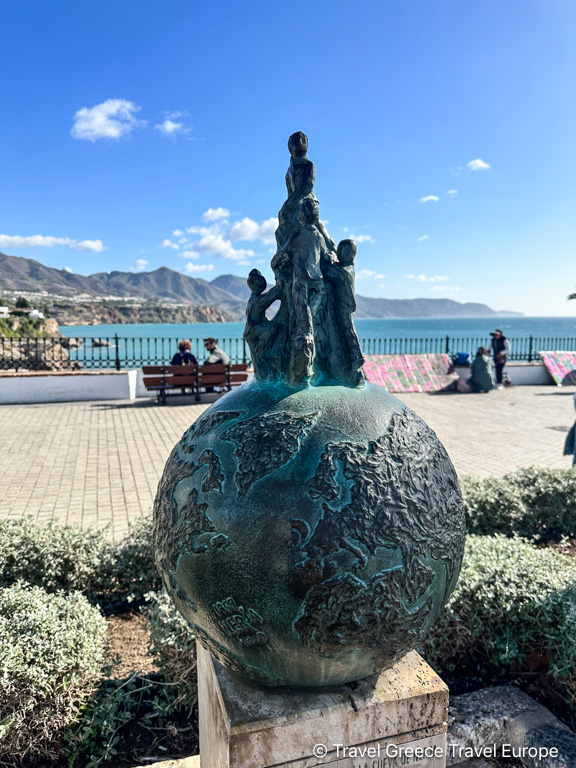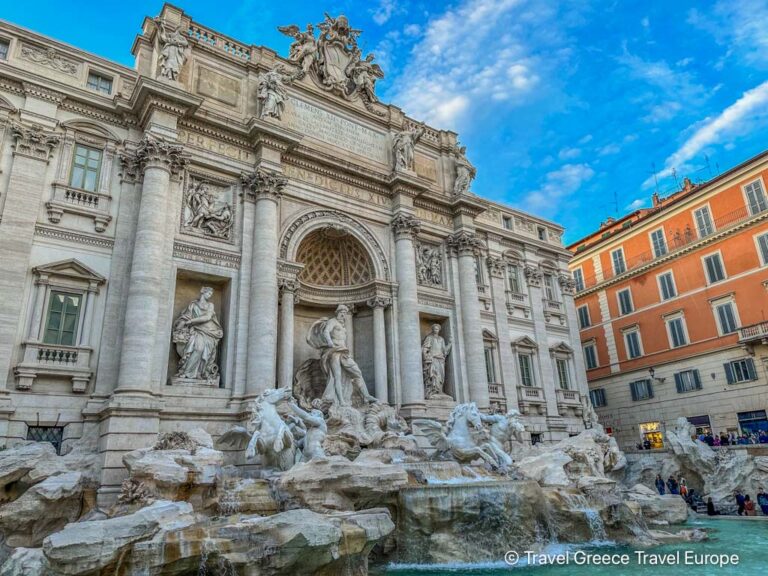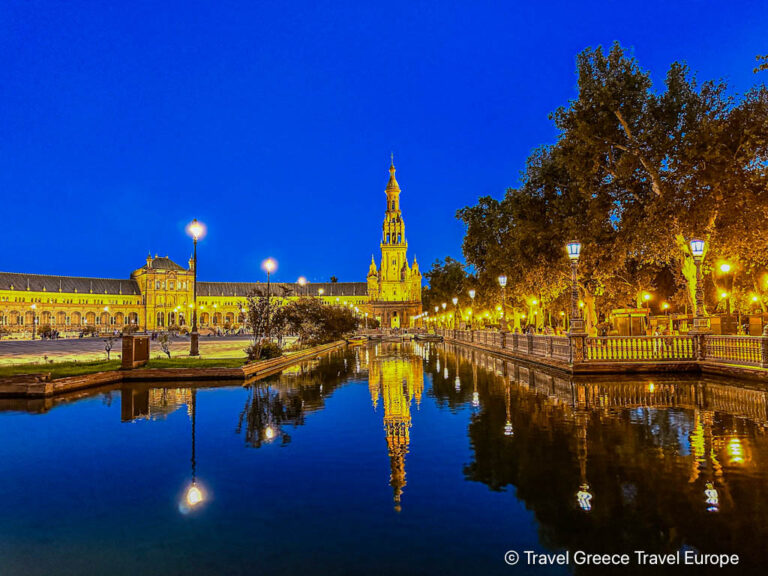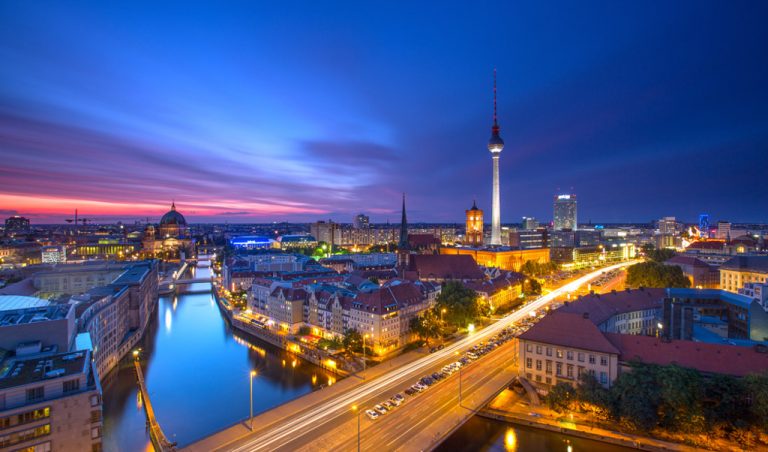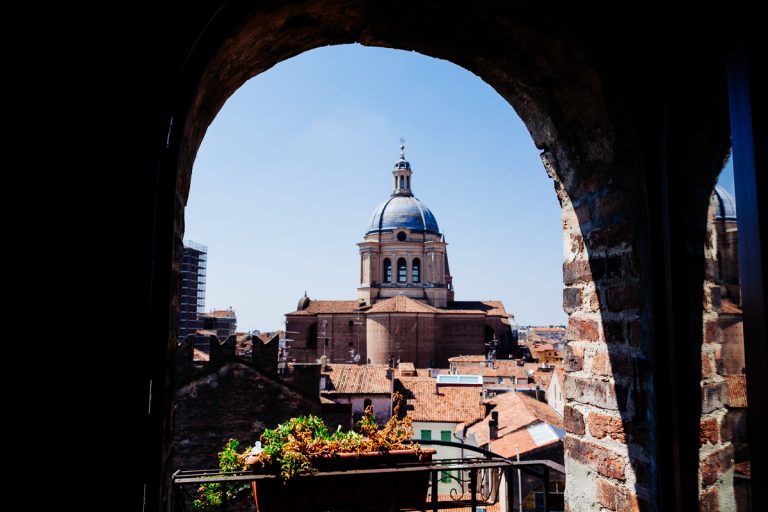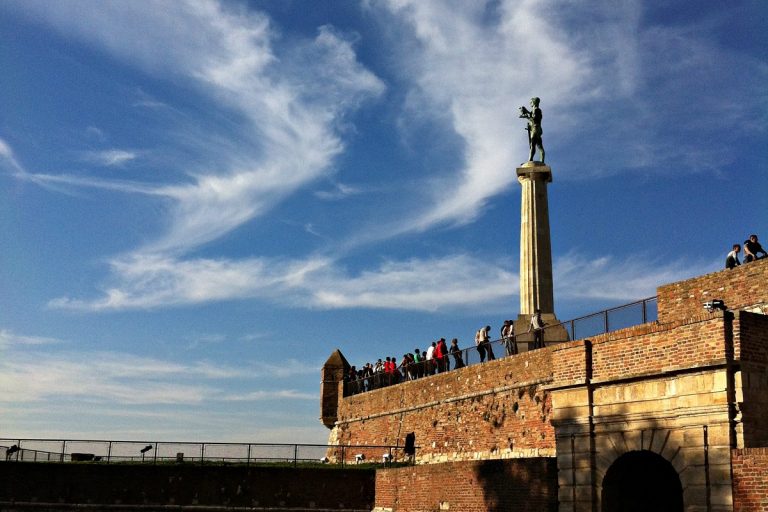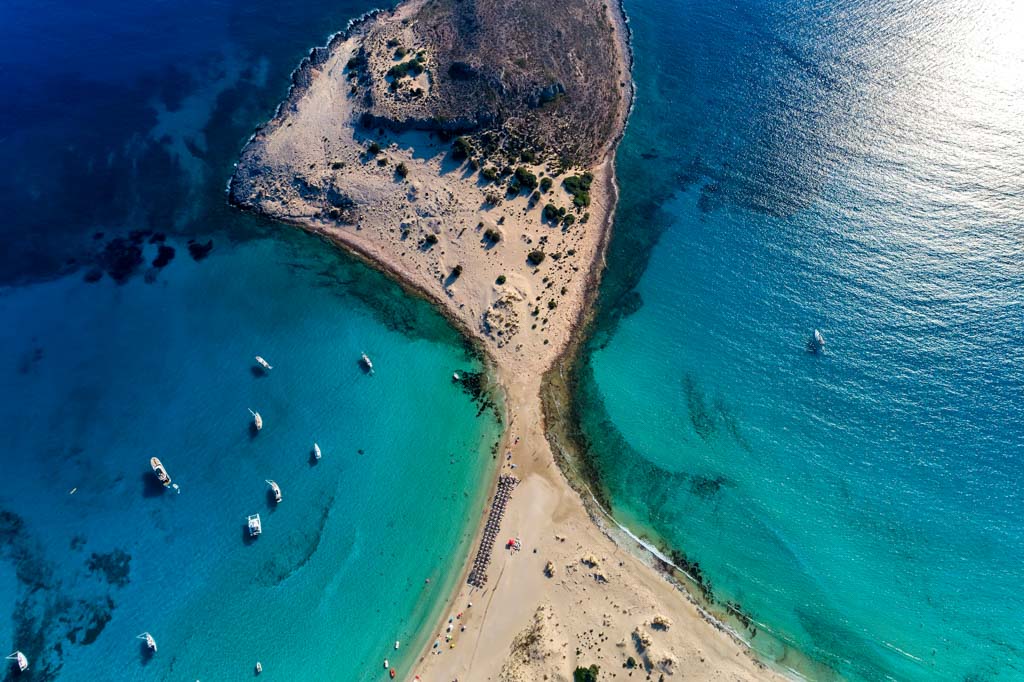14 Top Things to See and Do in Nerja
Nerja, a charming seaside town set along the sun-drenched Costa del Sol in southern Spain, offers a perfect blend of natural beauty, cultural richness, and historical intrigue. With its crystal-clear waters, stunning caves, and whitewashed cobblestone streets, Nerja is a must-visit destination for travelers seeking both relaxation and adventure. Whether you’re looking to explore ancient sites, enjoy outdoor activities, or simply unwind by the beach, Nerja has something for everyone. Let’s dive into the top things to see and do in Nerja.
Where is Nerja Located?
Nerja is located on the easternmost part of the Costa del Sol, in the province of Málaga, Andalusia. It is approximately 50 kilometers (31 miles) east of Málaga city and is easily accessible by car or public transportation. The town’s coastal location offers stunning views of the Mediterranean Sea, and its proximity to the Sierra de Almijara mountains provides a dramatic backdrop.
A Brief History of Nerja
Nerja’s history dates back to prehistoric times, with evidence of early human settlements found in the famous Nerja Caves. Over the centuries, the town has been influenced by various cultures, including the Phoenicians, Romans, and Moors. During the Muslim rule, Nerja became an important agricultural hub, known for its sugar cane production. The town’s modern development began in the 19th century, and today, it has grown into a popular tourist destination while still retaining its traditional Andalusian charm.
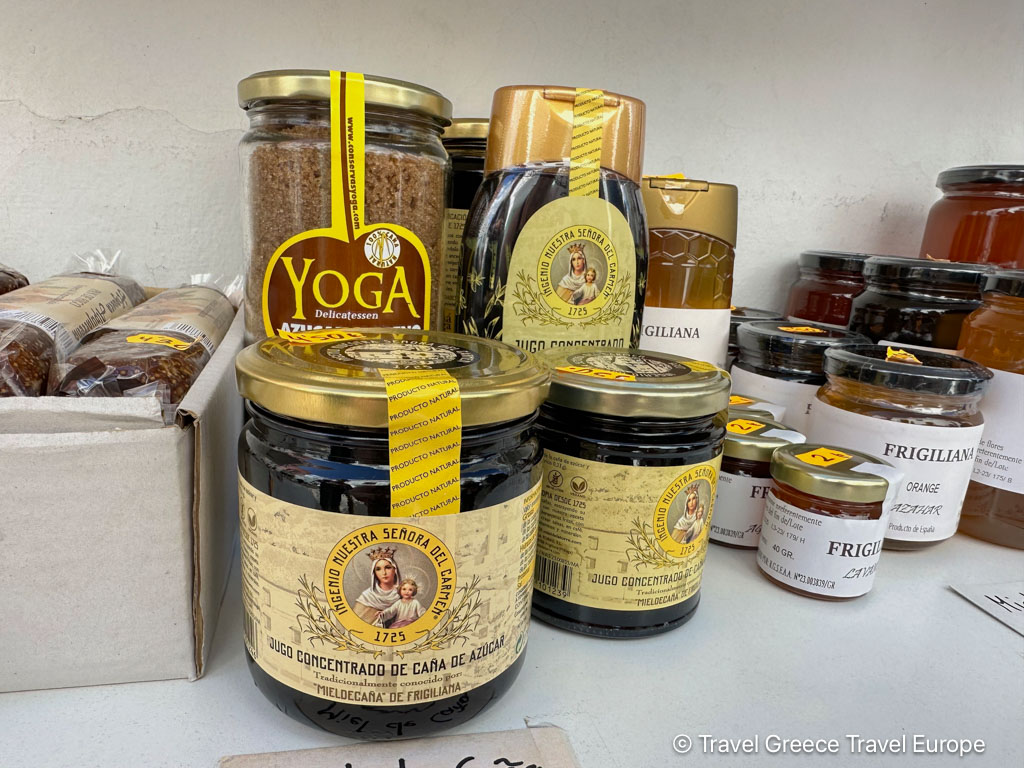
14 Top Things to See and Do in Nerja:
1. Visit the Balcony of Europe (Balcón de Europa)
The Balcón de Europa is a picturesque viewpoint that offers breathtaking panoramic views of the Mediterranean Sea and the rugged coastline.
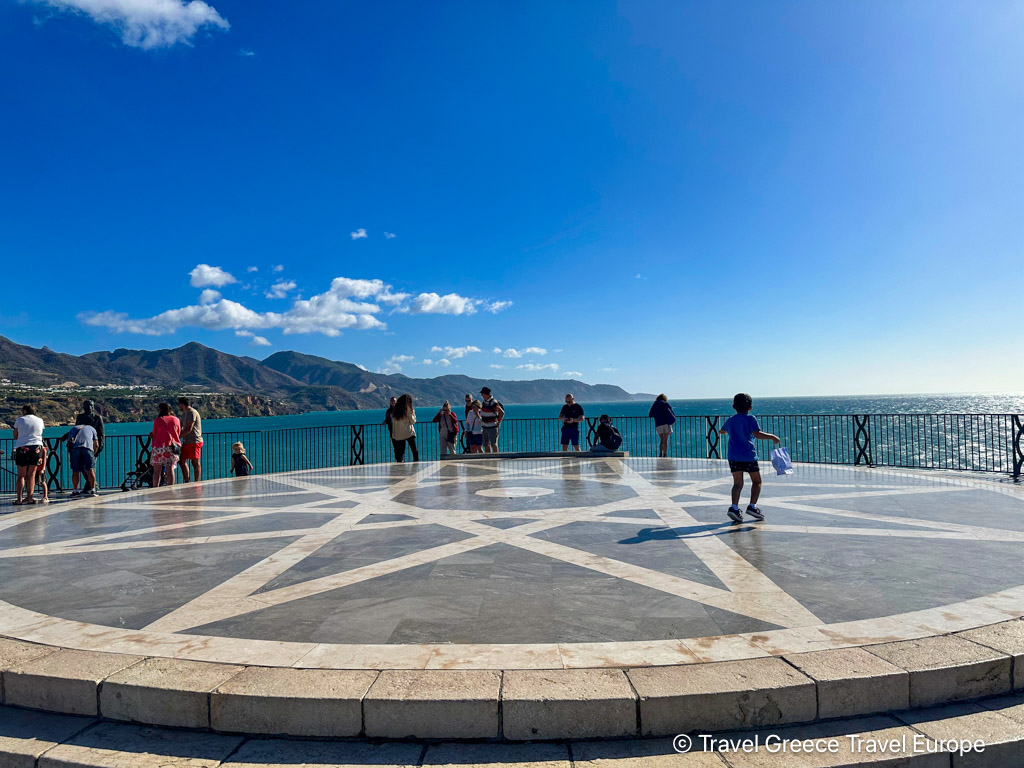
Once a fortress lookout during the Moorish era, it is now a popular spot for tourists and locals alike. The square is surrounded by cafes, restaurants, and shops, making it a great place to relax and take in the stunning scenery.
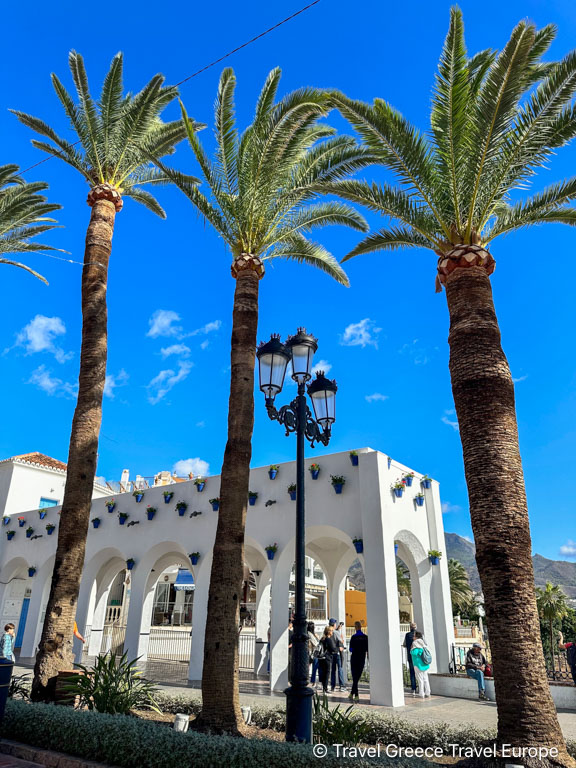
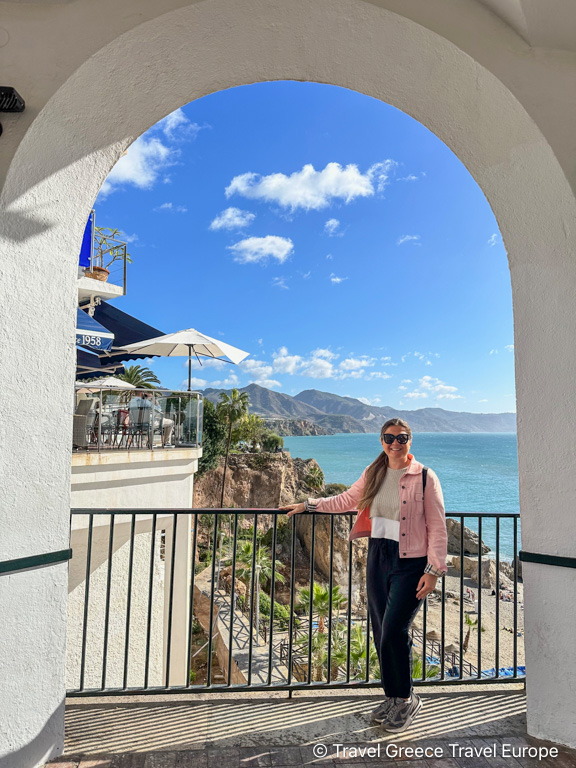
2. Admire the Sculpture in Homage to the Discoverers of the Nerja Cave
The Sculpture in Homage to the Discoverers of the Nerja Cave is a bronze statue located on the Paseo Balcón de Europa in Nerja, Spain. This sculpture was created by the Spanish artist Francisco Martín Molina in 2010 to honor the five local boys who discovered the Nerja Cave on January 12, 1959. The cave, now one of Spain’s most important archaeological sites and a major tourist attraction, was accidentally discovered by the boys while they were exploring the area.
3. Take a Photo with the La Estatua del Rey Alfonso XII (The Statue of King Alfonso XII)
Another important statue which you will find at the Balcón de Europa in Nerja is a bronze sculpture known as La Estatua del Rey Alfonso XII or The Statue of King Alfonso XII. It depicts King Alfonso XII, who visited Nerja in 1885 after a devastating earthquake in the region. The statue commemorates his visit and the moment when he is said to have named the viewpoint “Balcony of Europe” due to its stunning panoramic views over the Mediterranean Sea. It is a popular photo spot for visitors and is symbolic of Nerja’s historical connection to the Spanish monarchy.
4. Explore the Nerja Caves (Cueva de Nerja):
The Nerja Caves are one of the most famous attractions in the region and a must-see for any visitor. Discovered in 1959, these impressive limestone caverns are home to some of the world’s oldest cave paintings, dating back over 40,000 years. Here you can explore the vast chambers adorned with stalactites and stalagmites, and even catch a glimpse of the massive central column, which is the largest in the world. The caves also host concerts and events in the summer, taking advantage of their natural acoustics.
5. Visit the Church of El Salvador (Iglesia El Salvador)
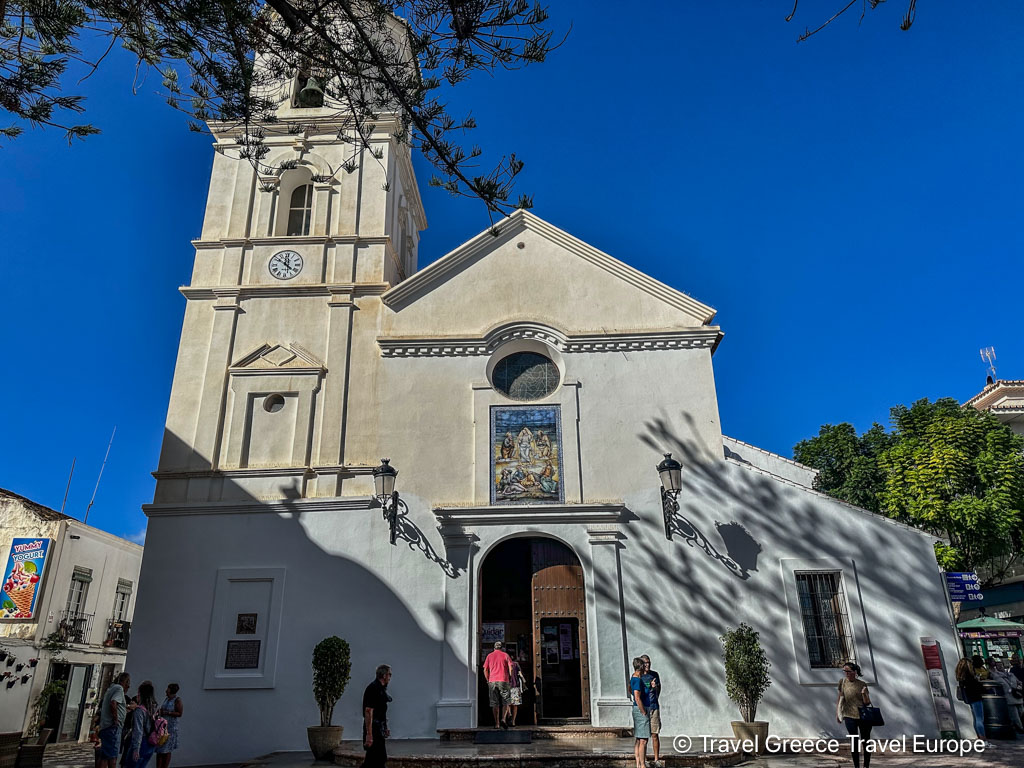
Located near the Balcón de Europa, the Church of El Salvador (Iglesia El Salvador) is a beautiful 17th-century church which is a prime example of Spanish baroque and Moorish architectural styles. It features a simple yet elegant exterior with a bell tower, and the interior is adorned with religious artworks and a notable Mudejar-style ceiling. The Church of El Salvador is an important religious and cultural landmark in Nerja, often serving as the focal point for local festivals and events.
6. Enjoy the secluded Beach of Playa de la Caletilla
Playa de la Caletilla is a small and charming beach located in the heart of Nerja, just beneath the iconic Balcón de Europa. This hidden gem is one of the town’s more secluded and intimate beaches, offering a tranquil escape from the busier stretches of coastline. Enclosed by rocky cliffs and accessible via a staircase from the Balcón de Europa, Playa de la Caletilla provides a cozy, sheltered environment ideal for relaxation.
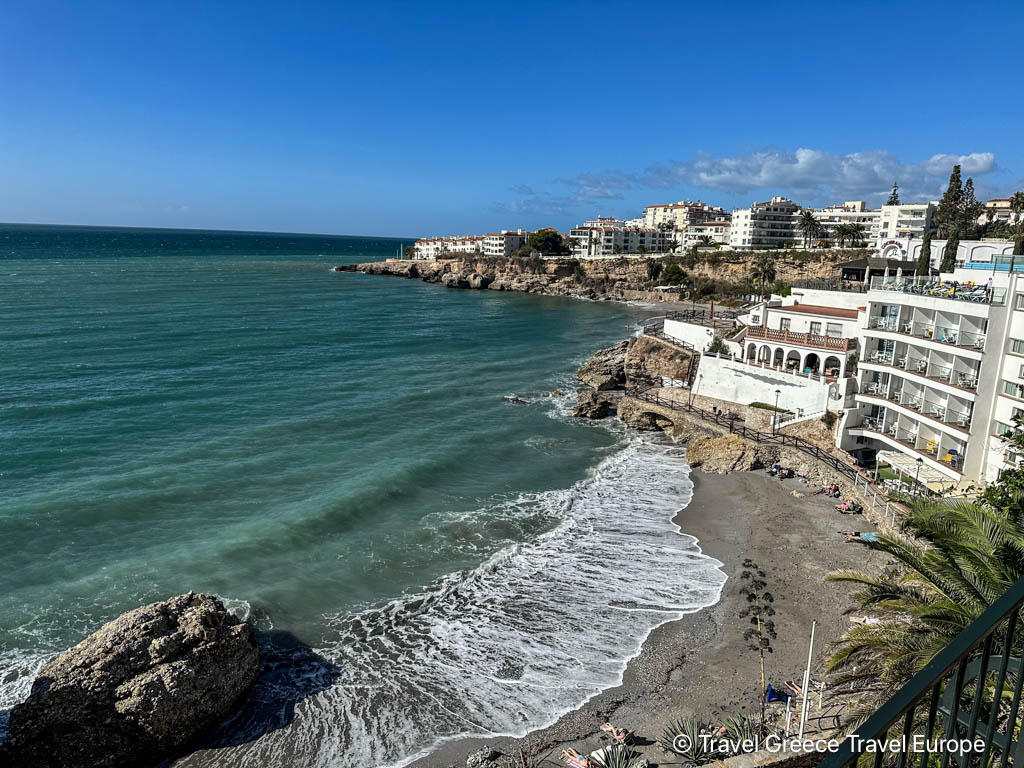
The beach features soft golden sand and clear, calm waters, making it a perfect spot for swimming and sunbathing. Its modest size and secluded nature mean that it tends to be less crowded than some of the larger beaches in Nerja, offering a more peaceful atmosphere. The surrounding cliffs provide some shade, particularly in the early morning and late afternoon, adding to the serene ambiance.
7. Admire the View from Le Mirador del Bendito (du Bénit)
Le Mirador del Bendito (du Bénit), also known as El Mirador del Bendito, is a picturesque viewpoint in Nerja. This scenic spot is situated along the coastal promenade and offers stunning panoramic views of the Mediterranean Sea and the surrounding coastline. The name “Bendito” translates to “Blessed” in English, reflecting the breathtaking beauty of the views from this vantage point.
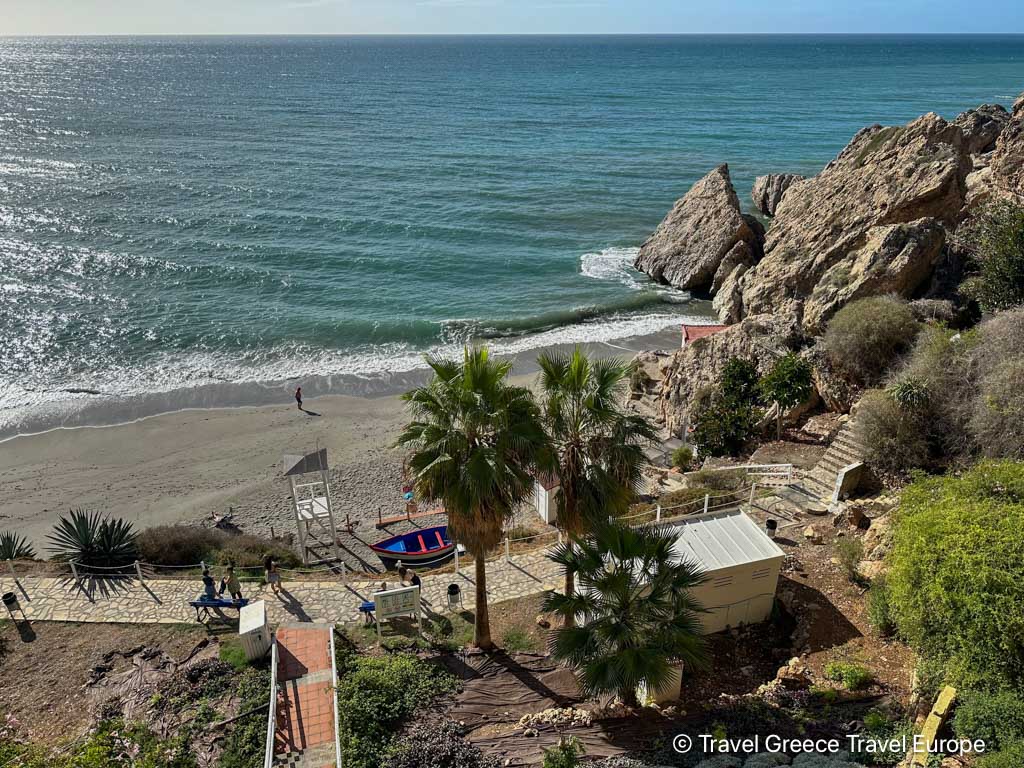
The Mirador del Bendito is a popular spot, providing a peaceful place to sit and take in the natural scenery. The viewpoint is particularly favored during sunrise and sunset, when the light creates a magical atmosphere over the sea. It’s also a great spot for photography, with the dramatic cliffs and sparkling waters creating a perfect backdrop.
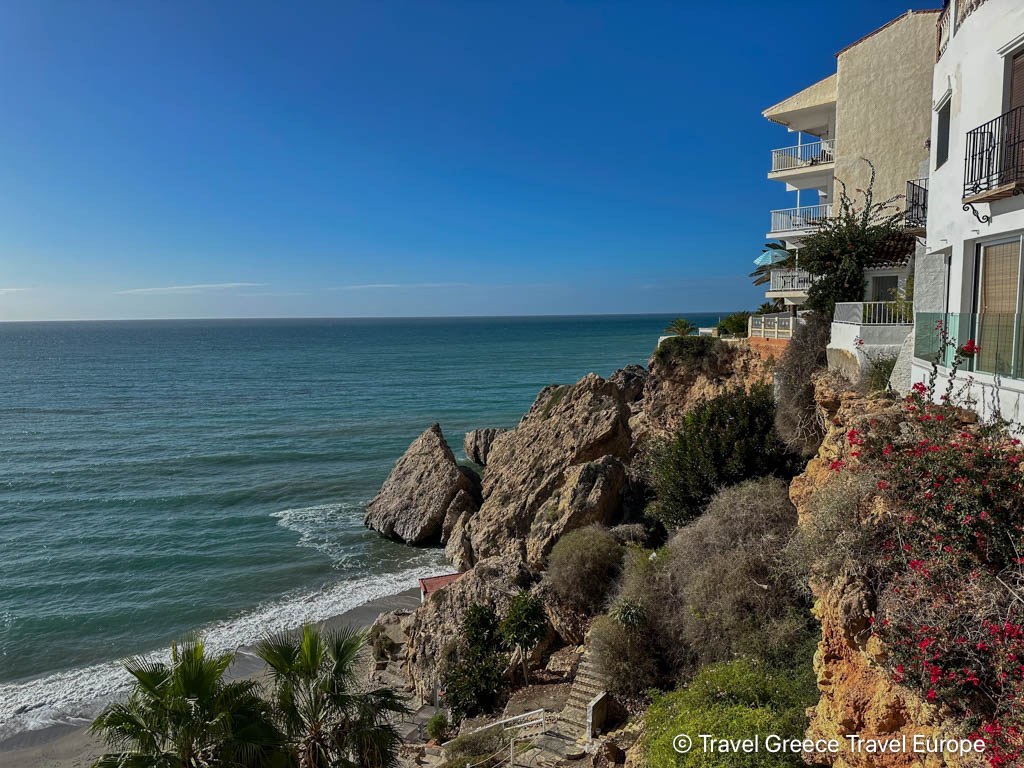
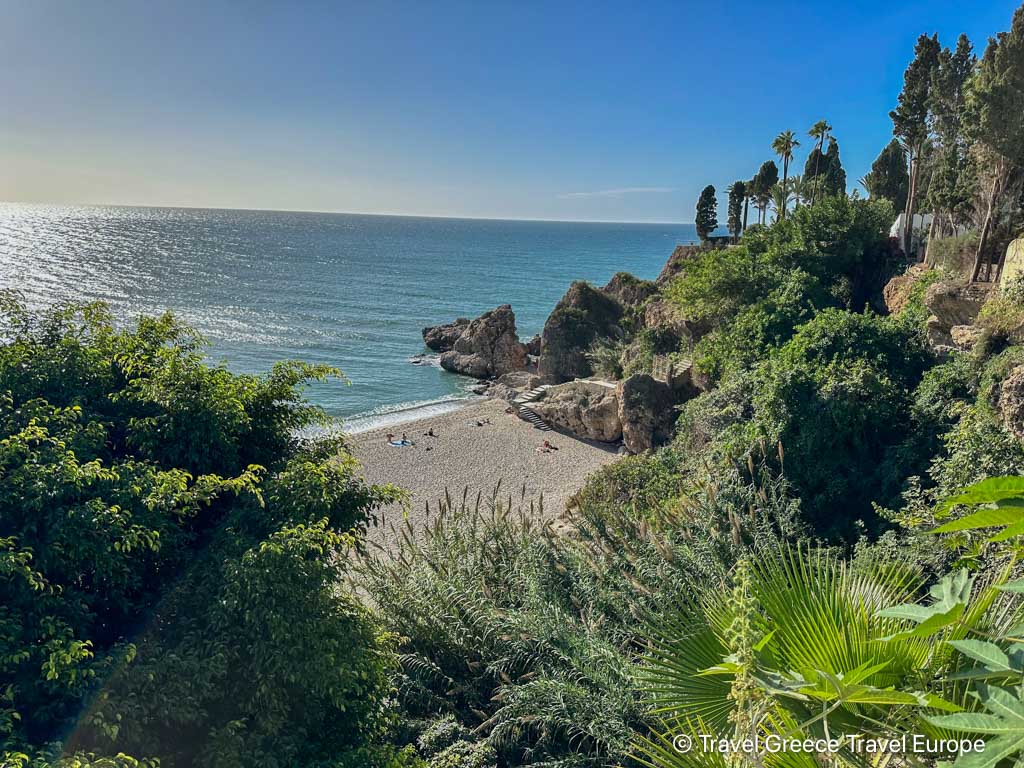
Located close to the Carabeo area and near several small beaches, including Playa Carabeo and Playa Carabeillo, the Mirador del Bendito is easily accessible from the town center.
8. Relax on Burriana Beach
Burriana Beach is Nerja’s most famous and well-equipped beach, offering a long stretch of golden sand, crystal-clear waters, and a lively promenade. Whether you want to sunbathe, swim, or enjoy water sports like kayaking and paddleboarding, Burriana Beach has something for everyone. The beachfront is lined with restaurants serving fresh seafood, including the local specialty, “espeto de sardinas” (grilled sardines).
9. Explore the Casco Antiguo, Nerja’s Old Town
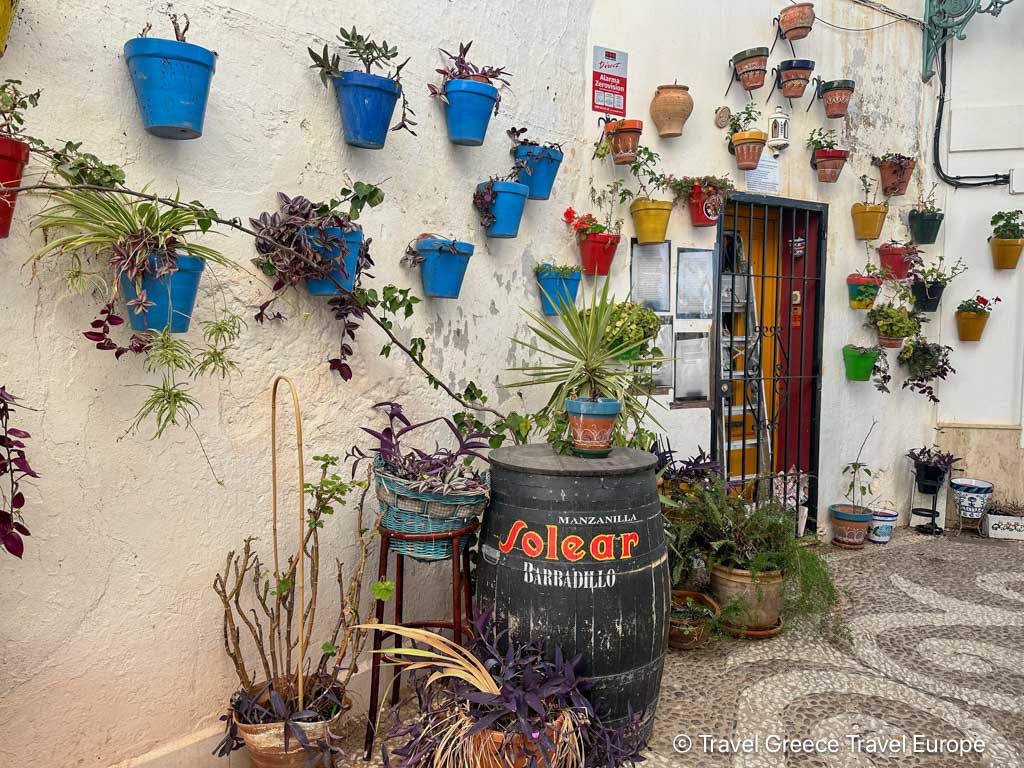
Nerja’s Old Town, or Casco Antiguo, is a delightful labyrinth of narrow, winding streets and whitewashed buildings, offering a true taste of traditional Andalusian architecture and atmosphere. This historic part of the town has managed to retain much of its original character, providing a stark contrast to the more modern areas of Nerja. As you stroll through the Old Town, you’ll be captivated by its charm, where every corner reveals something new and beautiful.
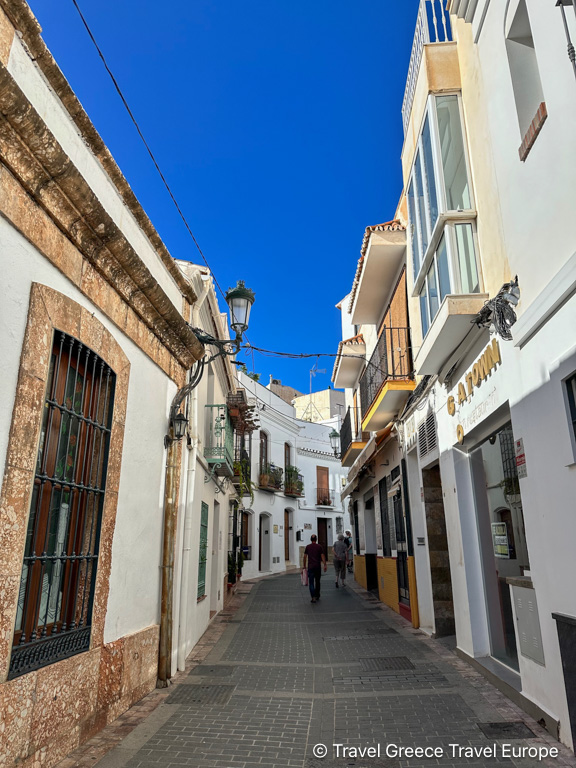
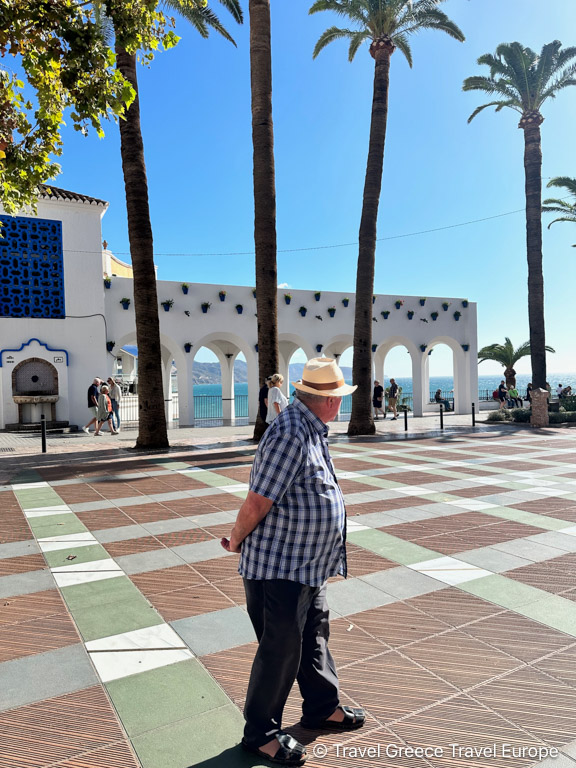
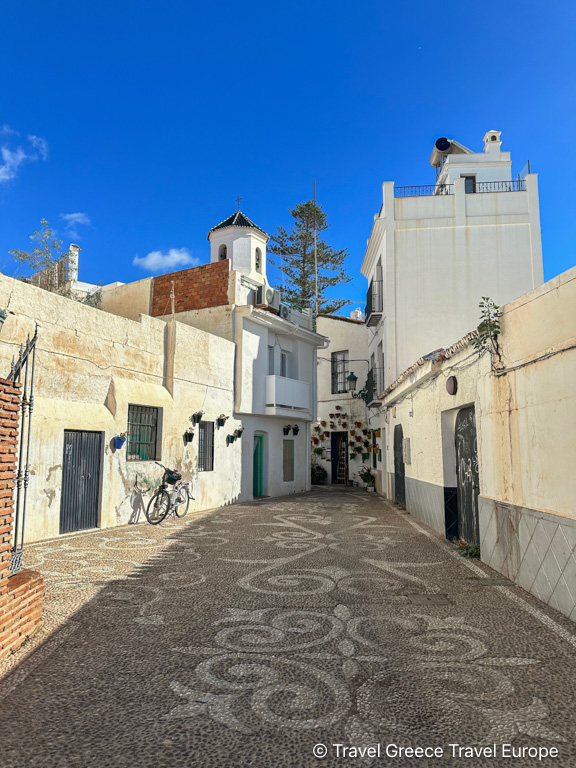
The Old Town is characterized by its narrow, cobblestone streets lined with whitewashed houses adorned with colorful flower pots, wrought-iron balconies, and wooden doors. Many of the buildings date back to the 17th and 18th centuries, and their preservation adds to the area’s historical ambiance. The streets are often winding and irregular, reflecting the organic growth of the town over the centuries. As you wander, you’ll find charming plazas, quiet courtyards, and hidden corners that invite exploration.
10. Enjoy the Cafés and Tapas Bars
One of the pleasures of exploring Nerja’s Old Town is stopping at one of its many cafés or tapas bars. Here, you can enjoy authentic Andalusian cuisine, from freshly made tapas to full meals. Many of these establishments are family-run, offering a cozy and welcoming atmosphere. Whether you’re sipping on a coffee in a sun-dappled plaza or enjoying a glass of local wine with a selection of tapas, dining in the Old Town is an experience in itself.
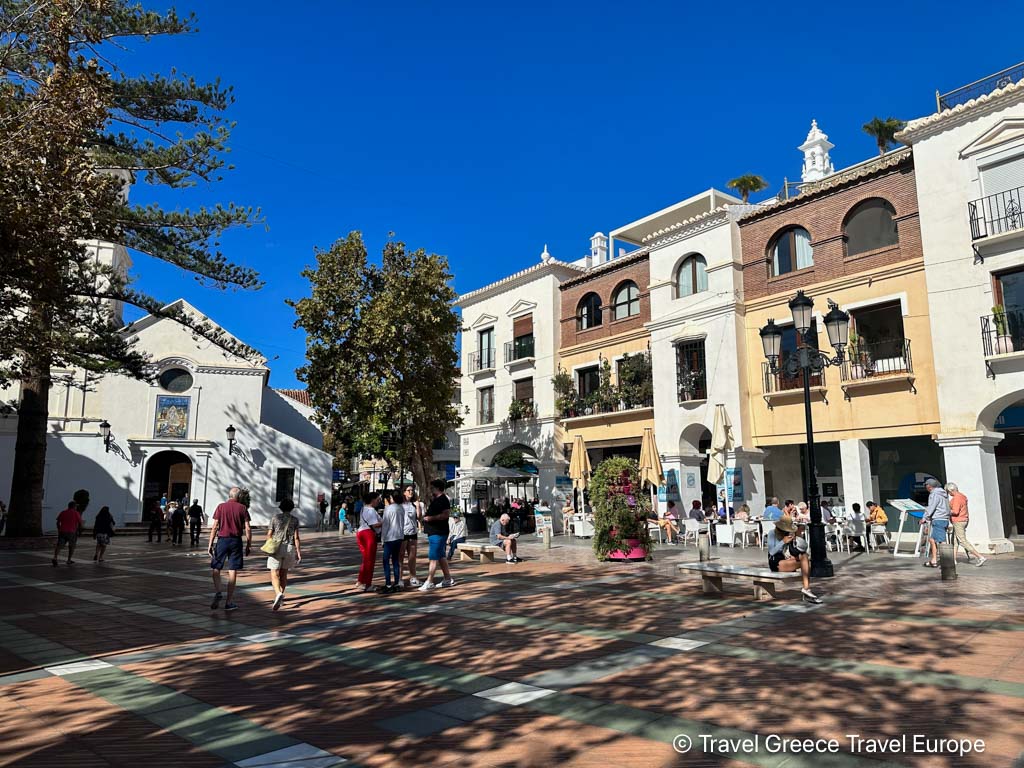
11. Discover Nerja’s Cultural Heritage and Festivals
The Old Town is not just a place of historical significance; it’s also a vibrant cultural center. Throughout the year, the streets come alive with festivals, processions, and events that celebrate Nerja’s rich heritage. The most notable is the Semana Santa (Holy Week) processions, which are deeply rooted in local tradition. During these events, the Old Town transforms with decorations, music, and the participation of the entire community, making it an excellent time to visit.
12. Hike to the Río Chíllar
For those who love outdoor activities, a hike to the Río Chíllar is an unforgettable experience. This trail takes you through a picturesque gorge, with crystal-clear waters flowing through the canyon. The hike involves walking through shallow streams and wading pools, making it a refreshing adventure, especially during the hot summer months. It’s a family-friendly hike, and the natural beauty of the surroundings makes it well worth the effort.
13. Visit the Aqueduct of El Águila
The Aqueduct of El Águila, also known as the Eagle Aqueduct, is a stunning example of 19th-century engineering. Built to supply water to the local sugar factory, the aqueduct features four tiers of brick arches that stretch across a deep ravine. It’s an impressive sight and a great spot for photography, especially at sunset.
14. Discover the Cliffs of Maro-Cerro Gordo
Just a short drive from Nerja, the Cliffs of Maro-Cerro Gordo are part of a protected natural park that offers some of the most stunning coastal scenery in Andalusia. The cliffs are home to secluded coves and hidden beaches, accessible by hiking trails or by boat. The crystal-clear waters are perfect for snorkeling and diving, revealing a rich underwater world of marine life.
Nearby Attractions:
Frigiliana:
Just 6 kilometers (3.7 miles) inland from Nerja, the village of Frigiliana is often considered one of the most beautiful in Spain. This whitewashed village is perched on a hillside and is known for its narrow, winding streets, colorful flower pots, and stunning views of the surrounding mountains and coastline. A visit to Frigiliana is like stepping back in time, with its Moorish architecture and charming atmosphere.
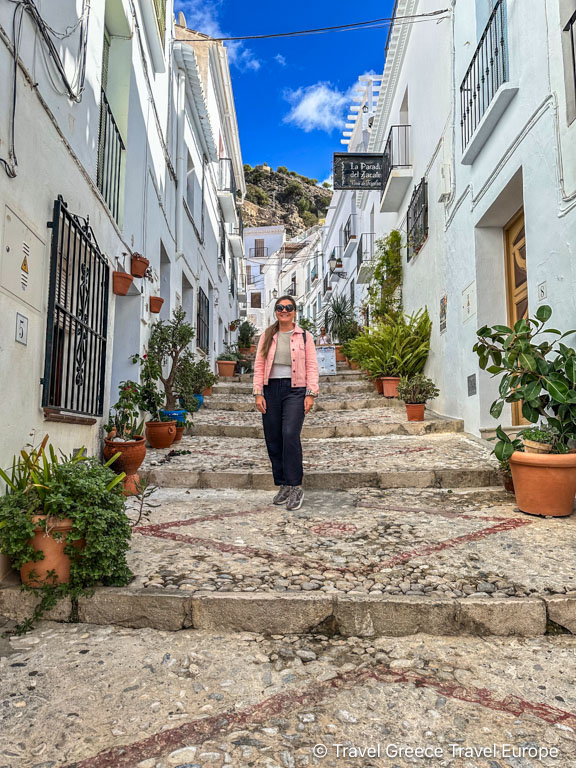
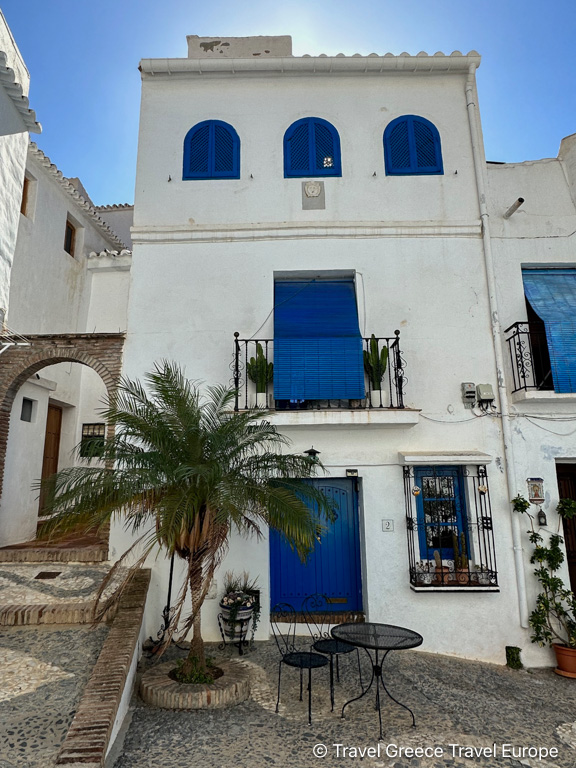
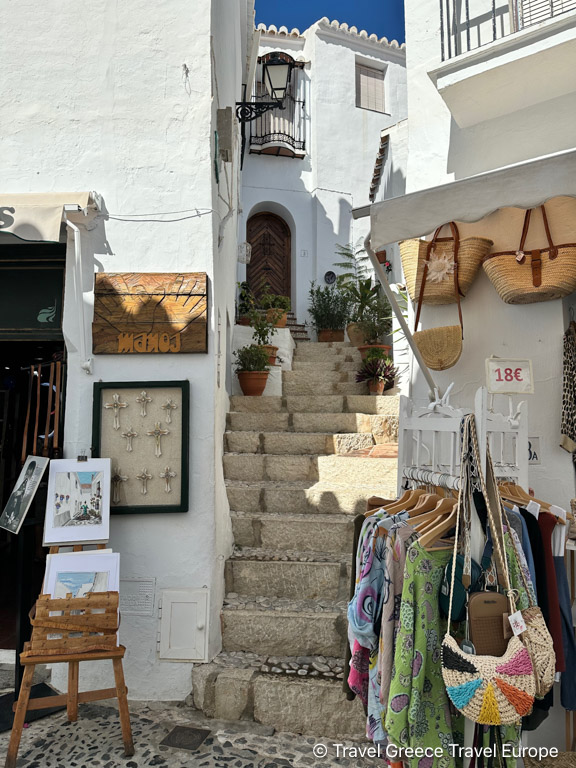
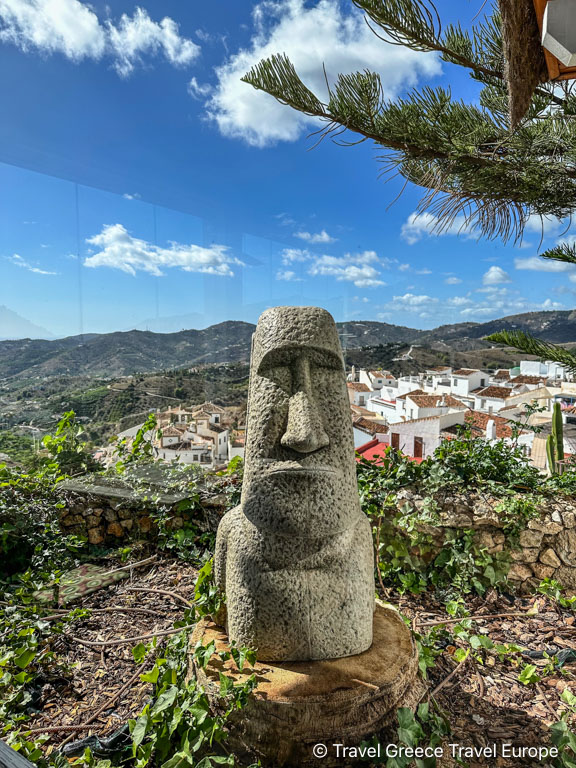
El Acebuchal or the Lost Village
El Acebuchal, often referred to as “The Lost Village,” is a small, secluded hamlet nestled in the mountains between Nerja and Frigiliana. Abandoned during the Spanish Civil War, the village lay in ruins for decades until it was lovingly restored by the García Sánchez family in the early 2000s. Today, El Acebuchal stands as a testament to resilience and tradition, with its whitewashed houses, cobblestone streets, and rustic charm fully revived.
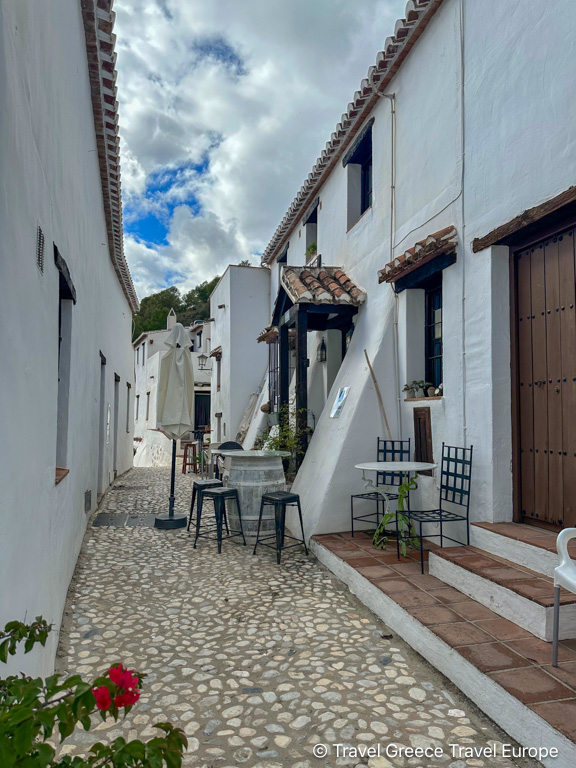
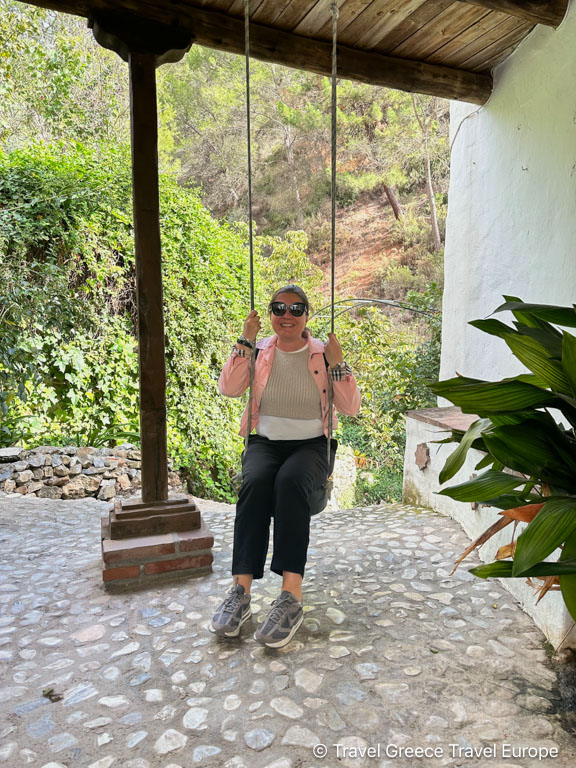
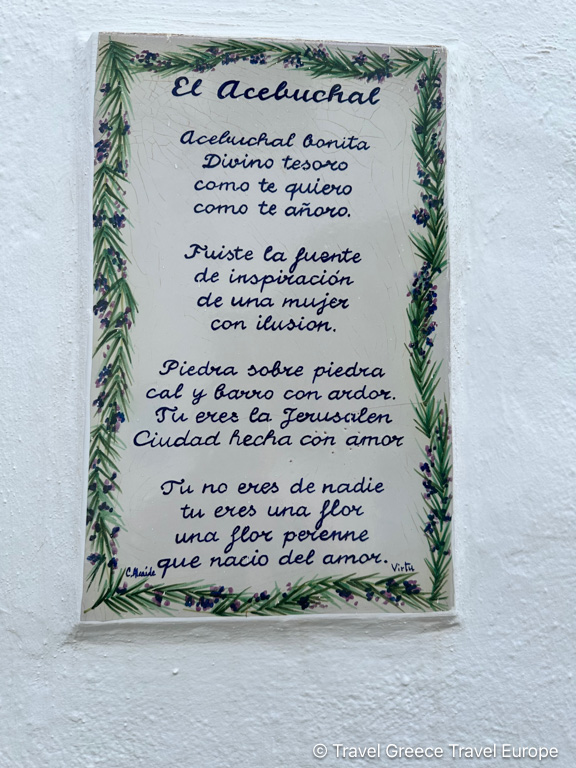
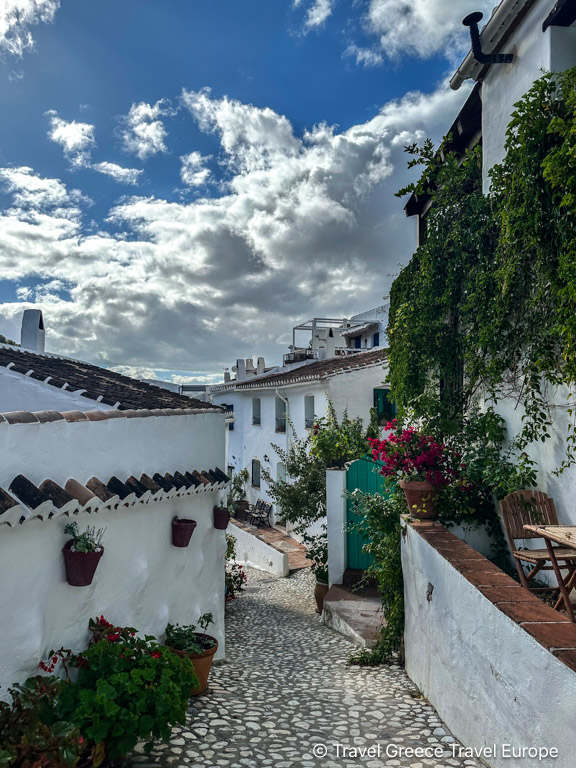
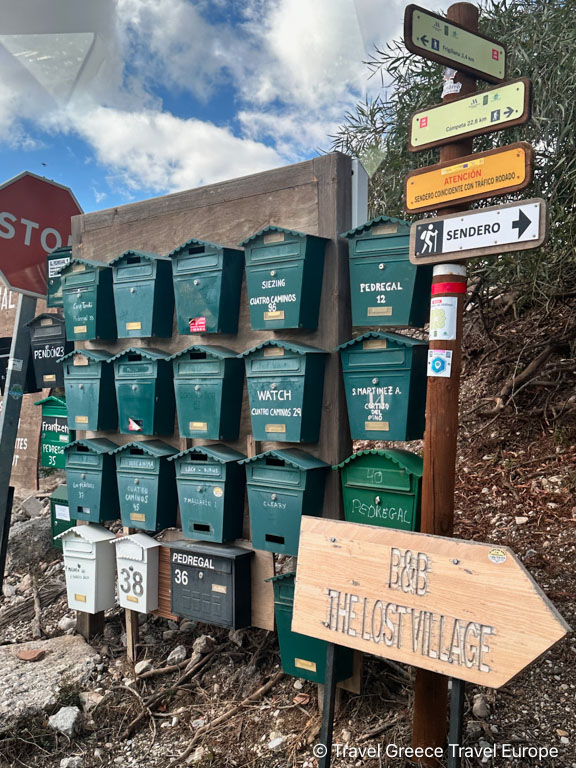
The village is home to the renowned Bar El Acebuchal, a family-run restaurant that has become a destination in its own right. Visitors can enjoy traditional Andalusian cuisine, made from locally sourced ingredients and prepared using age-old recipes. The bar is known for its hearty dishes like wild boar stew and homemade bread, offering a taste of the authentic flavors of the region
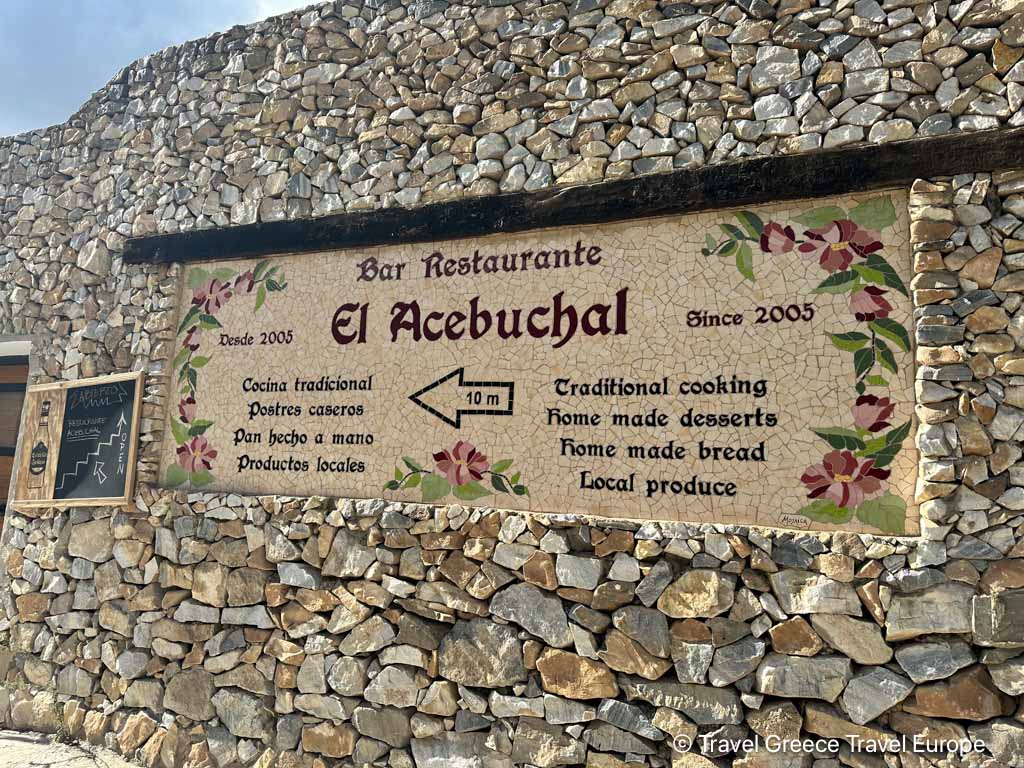
Set in a tranquil, picturesque environment, El Acebuchal provides a unique escape from the modern world, inviting guests to step back in time and experience the true essence of rural Andalusia.
Málaga City
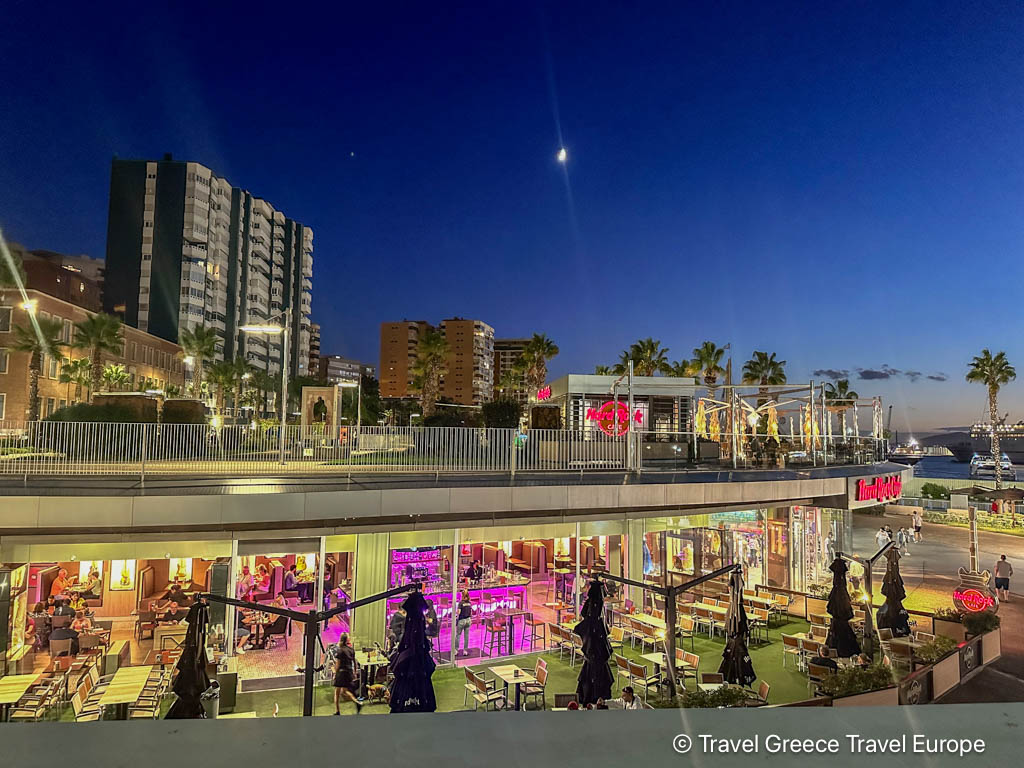
A short drive from Nerja, the vibrant city of Málaga offers a wealth of cultural and historical attractions. Explore the Alcazaba, a Moorish fortress, visit the Picasso Museum, or stroll along the lively streets of the historic center. Málaga is also known for its excellent dining scene, combining traditional Andalusian flavors with modern culinary trends.
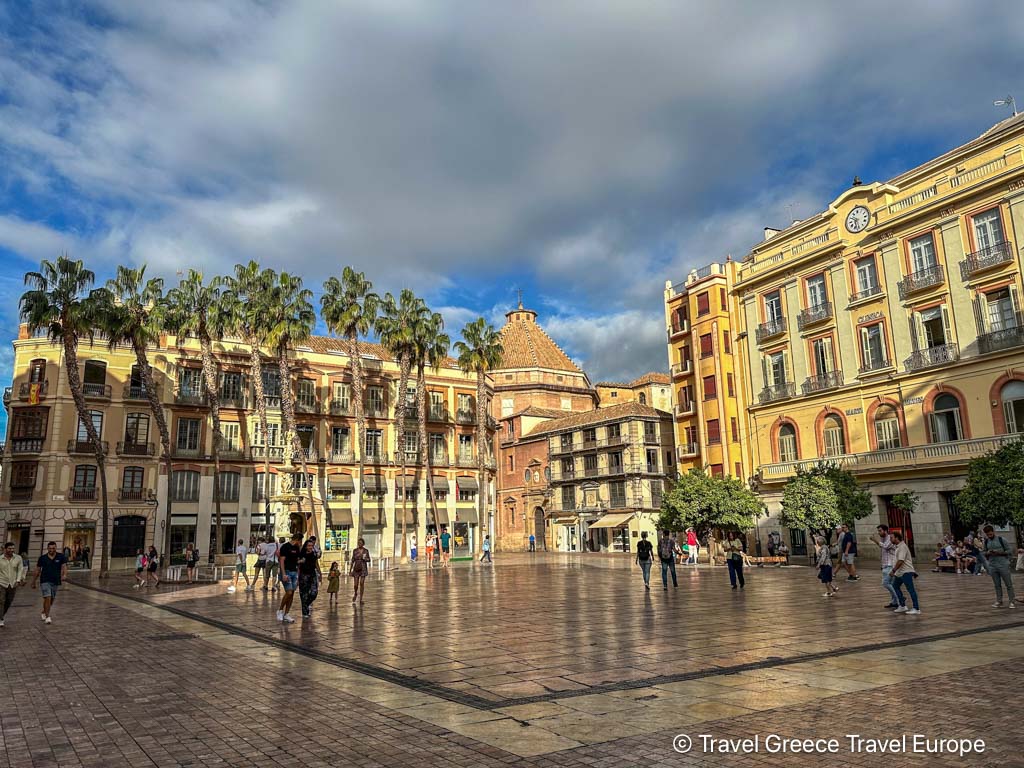
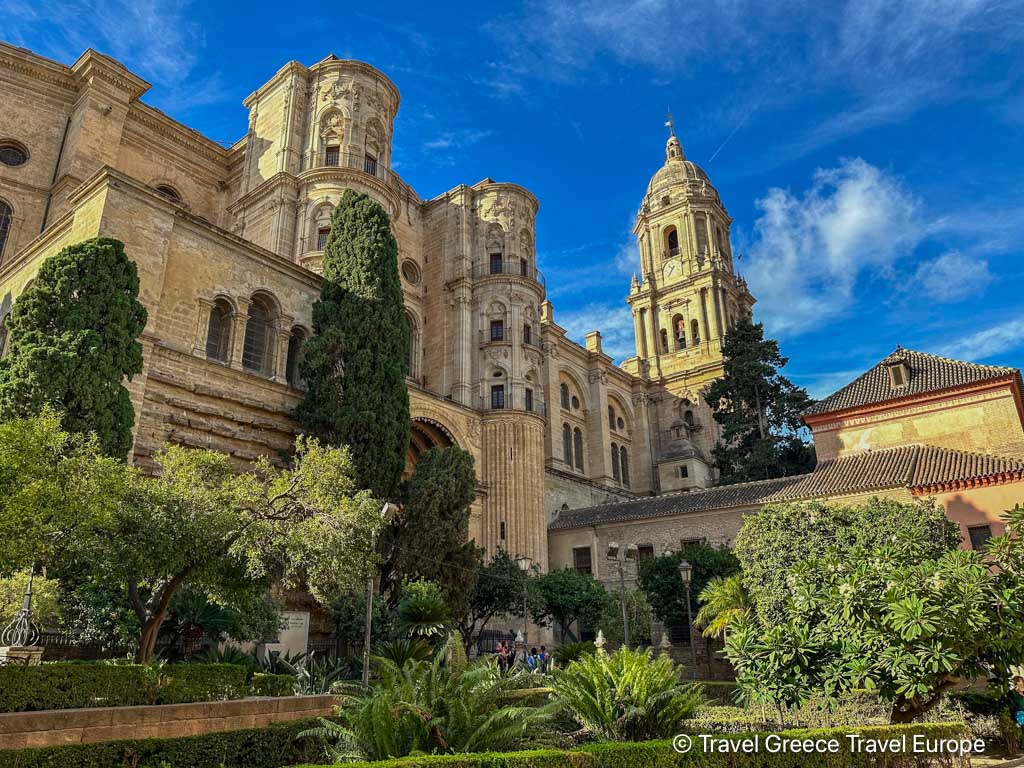
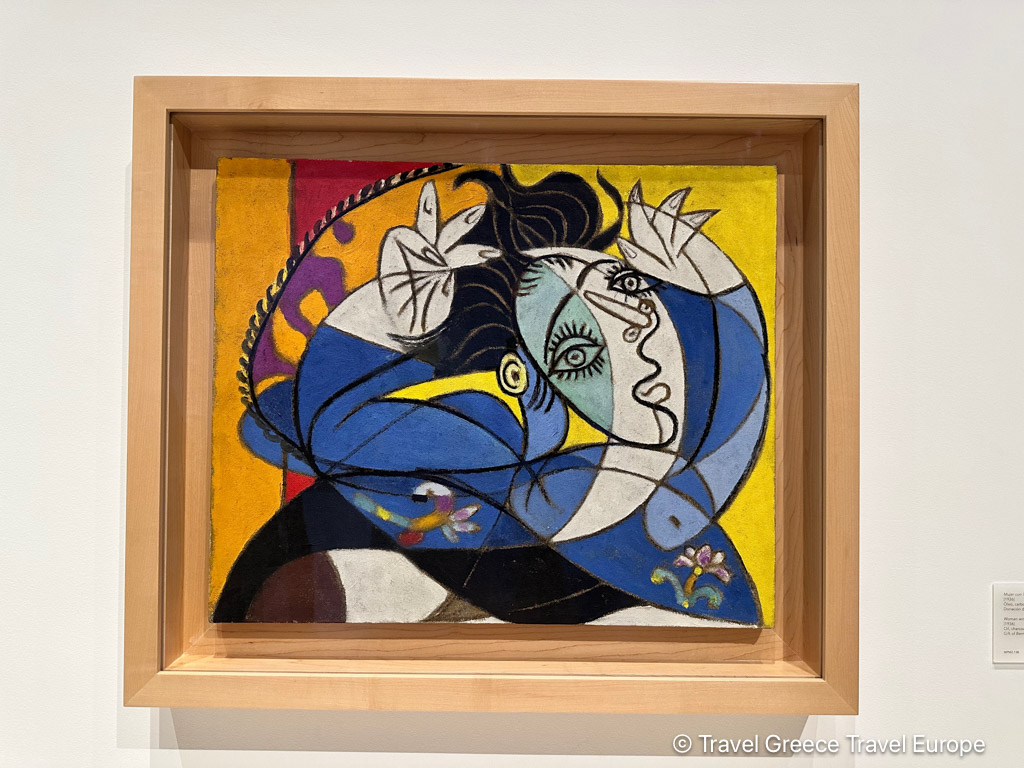

The Alhambra in Granada
Although slightly further afield, a day trip to Granada to visit the Alhambra is highly recommended. Granada is approximately 100 kilometers (62 miles) from Nerja.
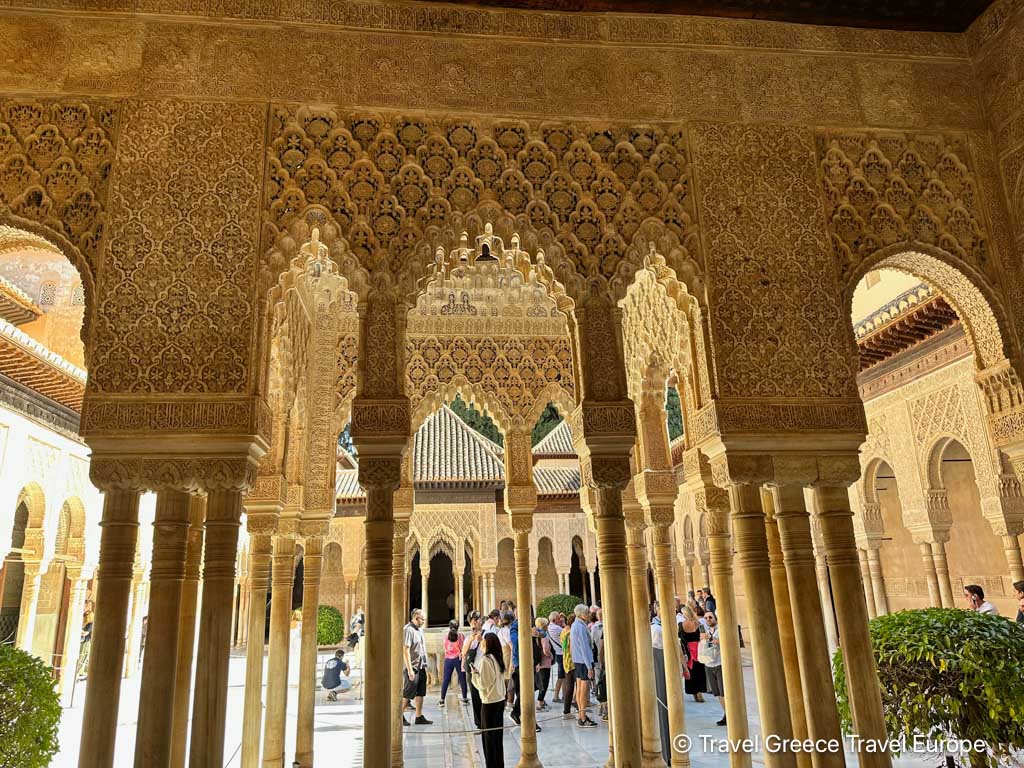
By car, the journey typically takes around 1 hour and 15 minutes via the A-44 and A-7 highways, depending on traffic conditions. This makes Granada a convenient destination for a day trip from Nerja, allowing visitors to explore the historic city, including the famous Alhambra, before returning to the coast. This UNESCO World Heritage site is one of the most significant examples of Islamic architecture in Spain and offers breathtaking views of the Sierra Nevada mountains. Check out our post Granada in 3 Days: A Dreamy Andalusian Escape.
Conclusion:
Nerja is a destination that truly has it all – from stunning natural landscapes and pristine beaches to rich history and vibrant culture. Whether you’re seeking adventure, relaxation, or a bit of both, you’ll find it in this charming corner of Andalusia. With so much to see and do, it’s no wonder that visitors fall in love with Nerja and return year after year. Plan your trip today and discover the magic of Nerja for yourself!

